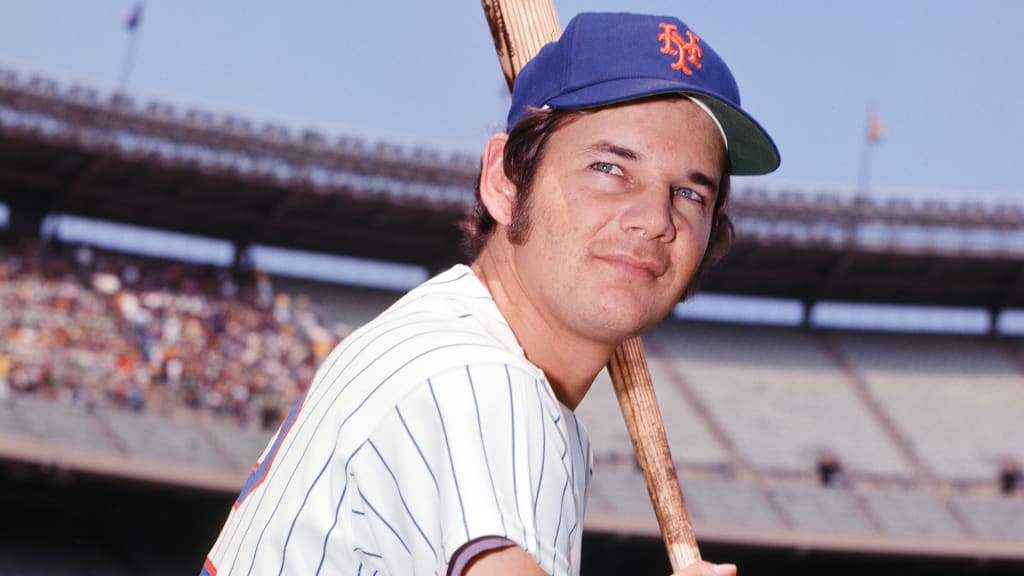
In honor of the 50th anniversary of the National League pennant-winning 1973 Mets, we're looking back at several of the notable players on that roster.
NEW YORK -- Ron Hodges was an unsung hero for the 1973 Mets. When Hodges joined the team in late spring from Double-A Memphis, New York was hit hard by a major injury behind the plate. Starter Jerry Grote was on the disabled list because of a broken arm, and it didn’t help that backup Duffy Dyer wasn’t hitting a lick.
Hodges ended up with significant playing time and was one of the reasons the Mets went from last place on Aug. 30 to the National League East crown on the final day of the regular season against the Cubs. Hodges appeared in 45 games in ‘73, hitting .260 with one homer and 18 RBIs. He was even better during the final month, going 6-for-13 (.462) with four RBIs.
“Being in New York was a special thing with all the fans, and [because I] played at Shea Stadium,” Hodges said via a recent phone interview with MLB.com. “Going through that September drive, the stadium was packed with fans every night saying, ‘Let’s go Mets.’ We were winning.”
Hodges’ signature game occurred against the Pirates on Sept. 20. With the score tied at 3, Hodges entered the game in the top of the 10th inning. Three innings later, it looked like the Pirates were going to take the lead. With a runner on first, two outs and Mets left-hander Ray Sadecki on the mound, outfielder Dave Augustine hit a fly ball to deep left field. It looked like Augustine was going to hit first Major League home run. But the ball hit the top of the fence and landed in Cleon Jones’ glove. Jones then hit the cutoff man, shortstop Wayne Garrett, who threw the ball to Hodges to nail Richie Zisk at the plate.
“Garrett threw a perfect one-hopper to me at the plate. All I had to do was catch the ball and let the runner slide into me,” Hodges remembered.
In the bottom of the inning, Hodges ended the game when he singled to left field off right-hander Dave Giusti to drive in John Milner and put the Mets a half-game behind the first-place Pirates. Mets manager Yogi Berra and the rest of the team mobbed Hodges at first base.
The way Hodges sees it, the game-winning hit wouldn’t have happened if the Pirates had a better defensive left fielder.
“We won the game. That’s the big thing,” Hodges said. “... I singled in front of the left fielder, who happened to be Willie Stargell. A better left fielder might have caught the ball. Stargell was a first baseman, not a left fielder, but he was out there.”
Hodges didn’t see much action in the postseason. In fact, he received his only postseason at-bat in Game 1 of the ‘73 World Series against the Athletics in the ninth inning, when he entered as a pinch-hitter for Bud Harrelson. Hodges ended up walking against closer Rollie Fingers.
“I saw Fingers later on at an autograph signing and I said, ‘You don’t remember me. I faced you in the first game in the World Series in ‘73 and I walked.’ He kind of grinned and said ‘Hmm. I didn’t walk too many.’”
Hodges played 11 more years with the Mets as a backup catcher before retiring after the 1984 season. He ended his career with a .240 batting average and a .342 on-base percentage before becoming a realtor for 30 years.
“I would say [my playing career] was successful if for no other reason than I stayed in the big leagues for almost 12 years for one team,” Hodges said. “I kept my mouth shut.”


